Papa Mau: The Wayfinder, an independent film about Micronesian navigator Mau Piailug, played in Keōpūolani Hāle with free admission on Thursday, January 26, 2012.
The award-winning film originally premiered in October 2010.
The film captured the hearts of many, including mine. Not only did this film shed a new light on Polynesian voyaging, but it also sent a message to the younger generations of Hawai’i to perpetuate the art of navigation.
If I were to describe this documentary in one word, it would be inspiring.
It featured the mana’o of Nainoa Thompson, Herb Kawainui Kāne and Mau Piailug as they spoke about the many challenges that Hawaiians faced in the mid-late 20th century. Hawaiians were in danger of losing something fundamental to their culture: traditional navigation.
The audience smiled and nodded their heads occasionally as their eyes were opened to this issue. I feel that the audience walked out the doors of Keōpūolani Hāle with a new outlook on traditional navigation and its importance to Hawai’i. They walked away with a sense of satisfaction, and I completely understood.
Papa Mau: The Wayfinder was a voyage through history showing why master navigator Mau Piailug has been credited with saving the art of non-instrument navigation by sharing his knowledge with his people of the Satawal Islands and Hawai’i.
In 1976, Hawaiians had reached a critical point in their history. As part of a movement of cultural revival, a group of Hawaiians designed and built the Hawaiian sailing canoe Hōkūle’a to journey to Tahiti traditionally, without the aid of instruments–no compass, no maps, and no GPS.
Without any Hawaiians skilled in traditional navigation left to call upon, Piailug’s knowledge was essential for leading the crew on a successful voyage.
This documentary was filmed over the course of six-and-a-half years by filmmaker and ‘Ōiwi Television Network CEO Nā’ālehu Anthony. He shared the story of the Hōkūle’a’s journey and the contributions of Piailug to the navigation community worldwide.
The music for the film was perfect. Hawaiian slack key guitar accompanied the narrator’s voice, and Israel Kamakawiwo’ole’s “Hōkūle’a Star of Gladness” played throughout the film. However, I’m not sure why some of the audio of the film was not clear, and some of the interviewees were difficult to understand at times. It may have been due to technical problems in Keōpūolani Hāle.
As for the cinematography, the majority of the film was composed of footage from the 1970’s, showing the construction and journey of Hōkūle’a. This made it feel authentic, which I much preferred over a “dramatic recreation.”
I also liked how every scene had some sort of clip showing movement of the ocean and how this paralleled Piailug’s message–his desire for progressive movement of traditional navigation throughout Polynesia. The cinematography also showed unique angles while on the Hōkūle’a, giving us an insider’s view of sailing it.
Clips of the ocean moving swiftly under the double hull sailing canoe were so effective, that I think I might have had the slightest touch of sea sickness.
From footage of the heavy rocking of the canoe to sailing in calm waters, I felt as if I was journeying into the open ocean of Polynesia with the crew.
At the end of the film, Anthony answered questions from the audience. He spent much of this time explaining the importance of keeping alive Piailug’s gift of knowledge and encouraging younger generations to follow in the navigator’s footsteps.
As of this writing, no other public showings were being planned, but DVD’s of Papa Mau: The Wayfinder can be purchased from Anthony for $20 by emailing [email protected].

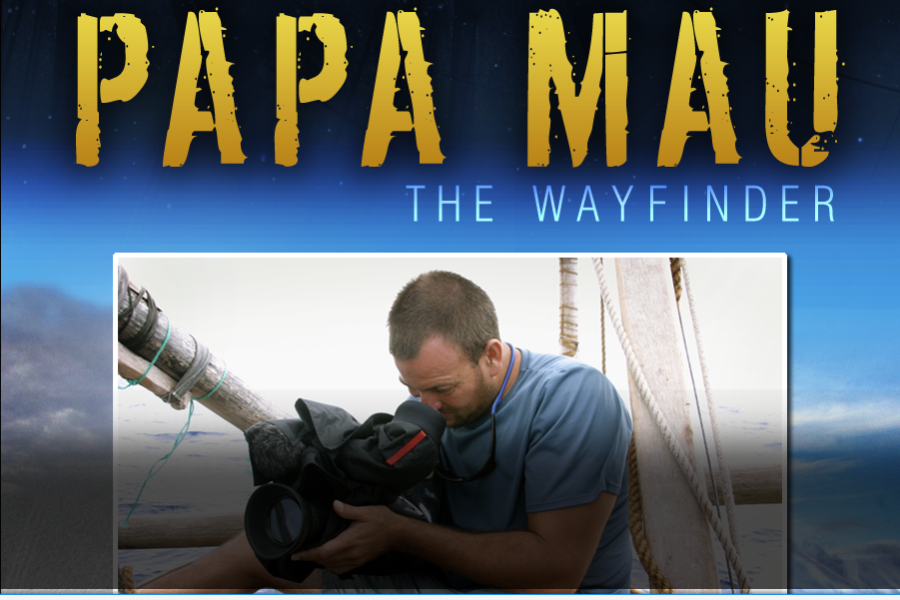
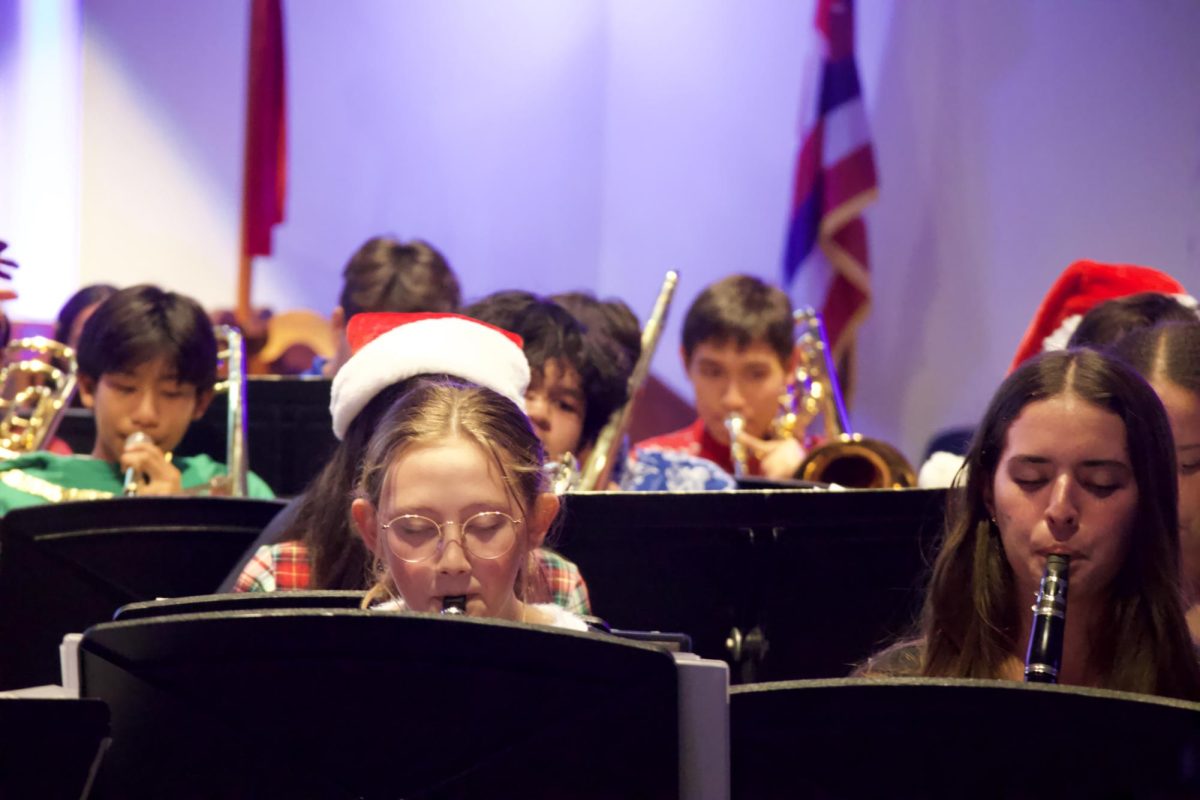
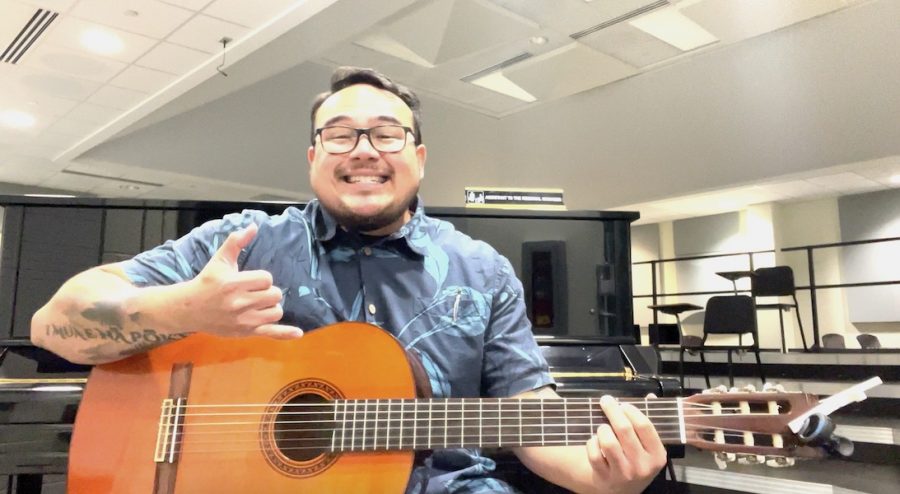
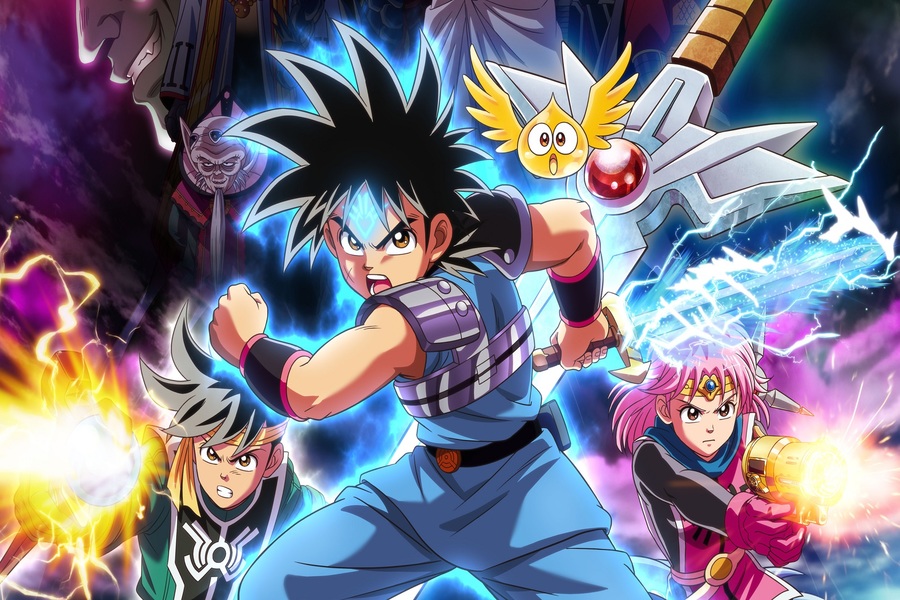
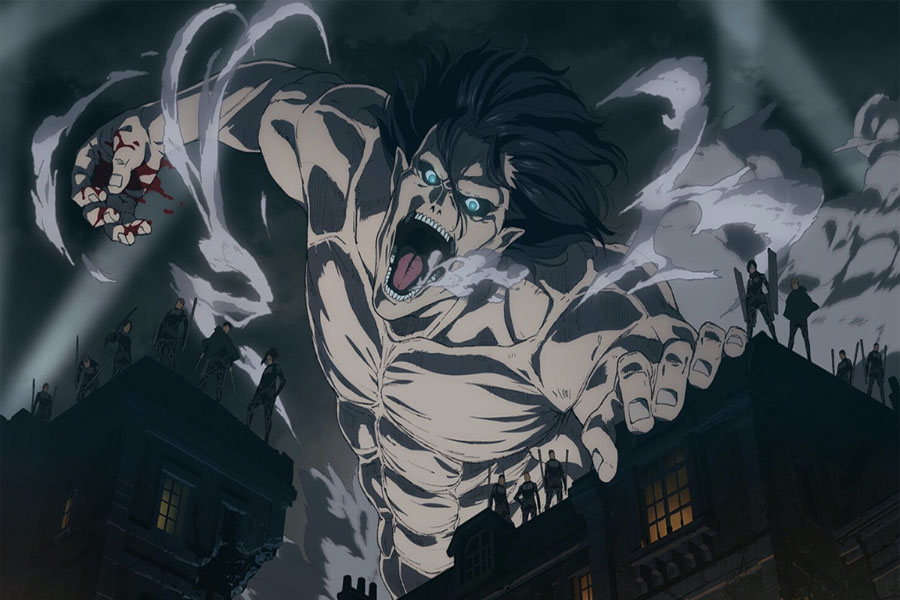

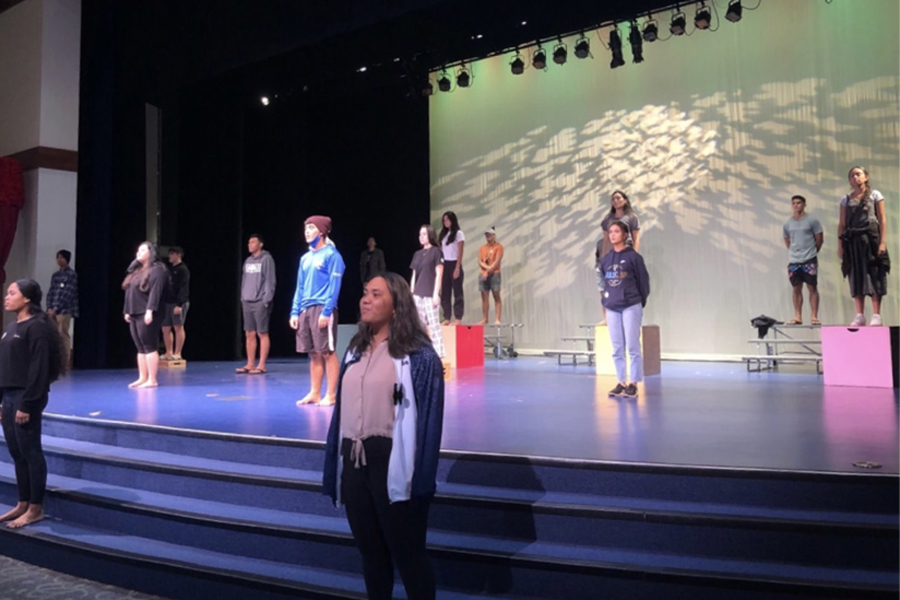

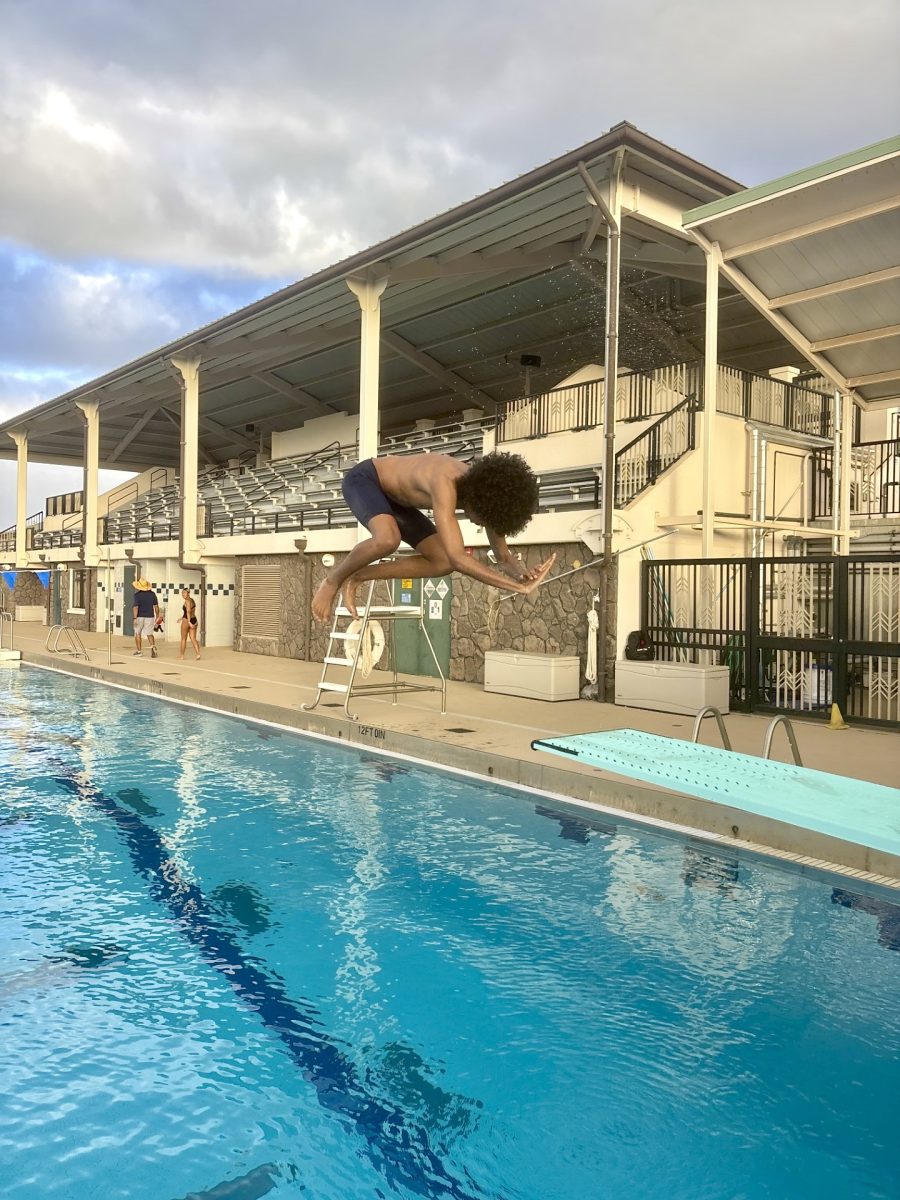


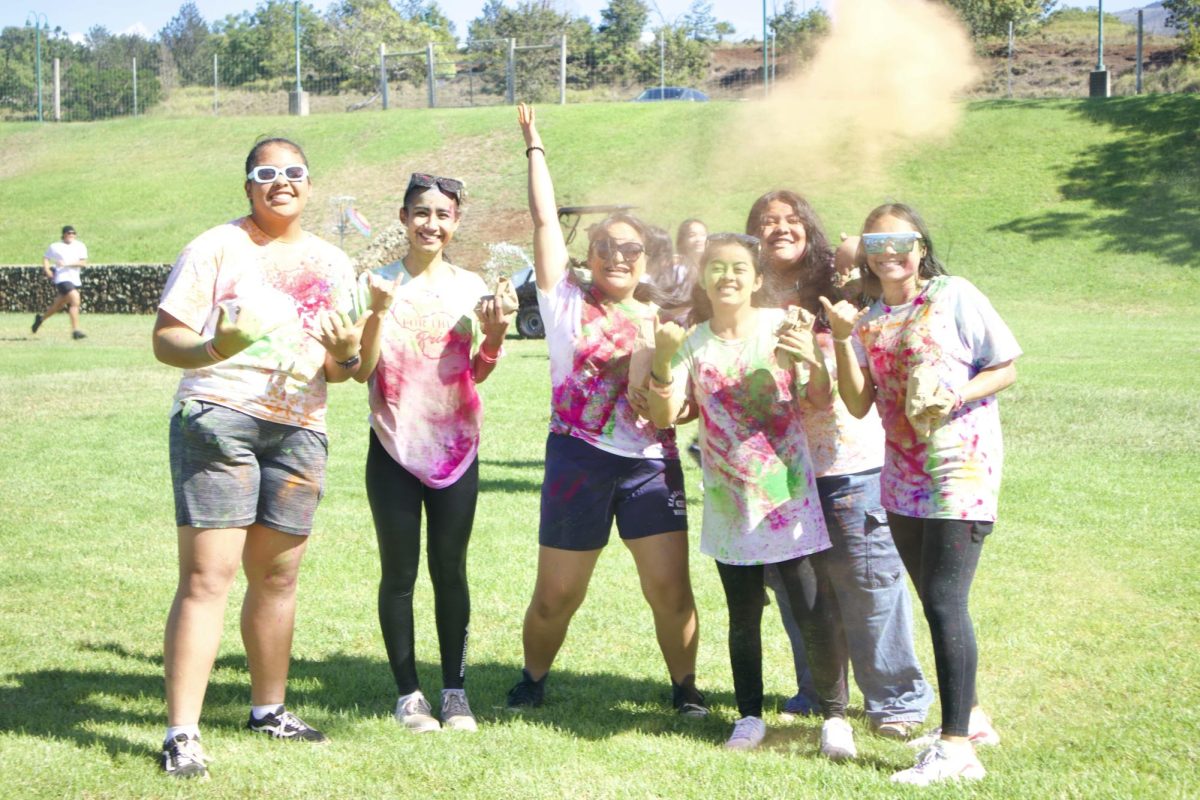

Ekela Kaniaupio-Crozier • Jan 29, 2012 at 4:04 pm
Mahalo nui iā ‘oe, e Mehana, no kāu ‘ōlelo ho’omaika’i i ka mo’olelo wikiō ‘o Papa Mau: The Wayfinder. The filmmaker, Nā’ālehu Anthony received many praises that evening lauding Papa’s foresight to share his knowledge of navigation with our people that one day we may be able to return the knowledge to his own lāhui from Satawal. Papa Mau will forever be remembered in the hearts of those he shared his life with here in Hawai’i, however through this film, his aloha for our lāhui Hawai’i will inspire all who have an opportunity to view it. The CRB will have a copy soon.
Perhaps you may have missed the ad that played on the screen that evening announcing the next film in Ka Huliau Film & Lecture Series. We will be featuring “Black Grace: From Cannon’s Creek to Jacob’s Pillow” on Thursday, February 16 at 6 pm in Keōpūolani Hale. This documentary is about an award winning dance troupe from Aotearoa that “fuses traditional Pacific and contemporary dance forms” . Once again this event is free and open to the public, especially our students and their ‘ohana.